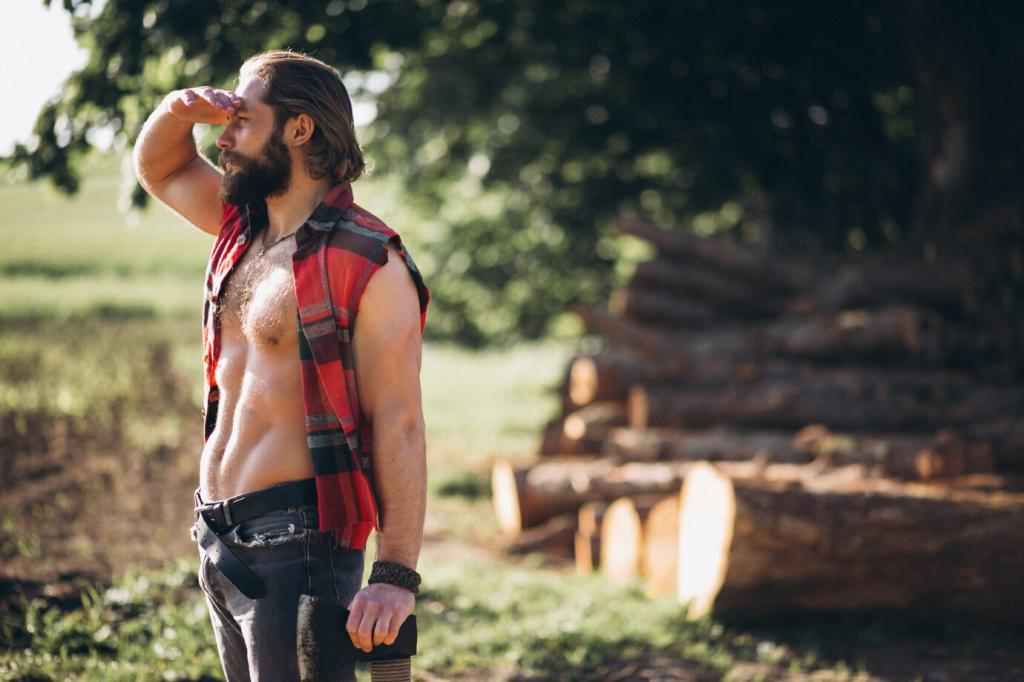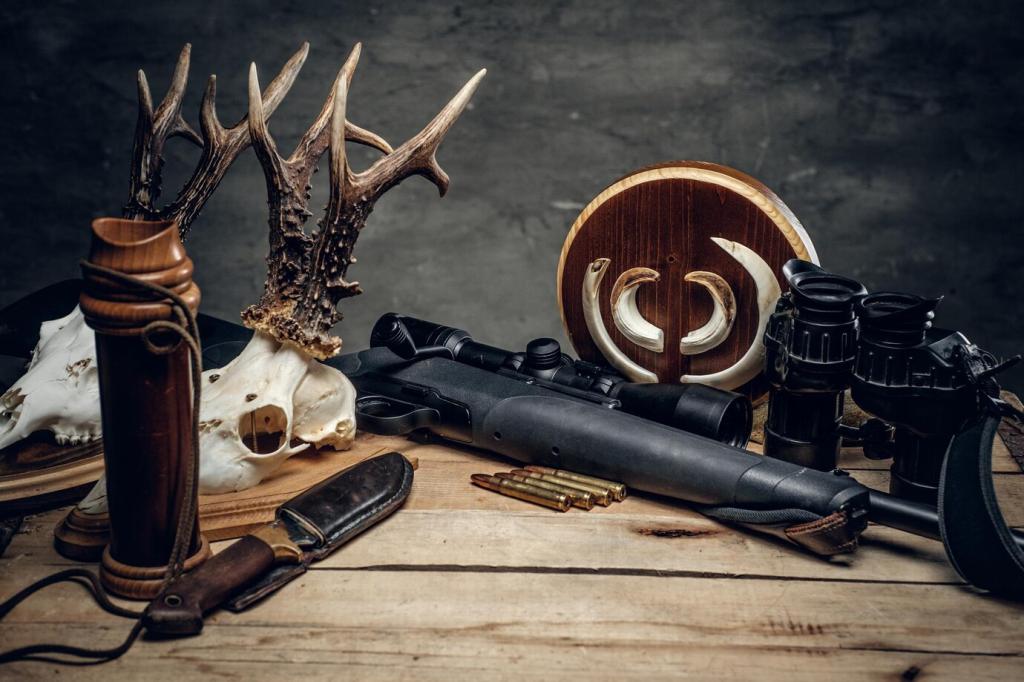Layering Systems That Keep Hunters Comfortable
Choose lightweight merino or wicking synthetics with flat seams and a close fit. They pull moisture off skin, reduce chill on slowdowns, and dry rapidly when that uphill push surprises you with unexpected heat.
Layering Systems That Keep Hunters Comfortable
Stretch-woven fleeces and micro-grid interiors trap just enough warmth while releasing built-up vapor. Look for breathable side panels and half-zips to dump heat discreetly without signaling movement to wary eyes nearby.







